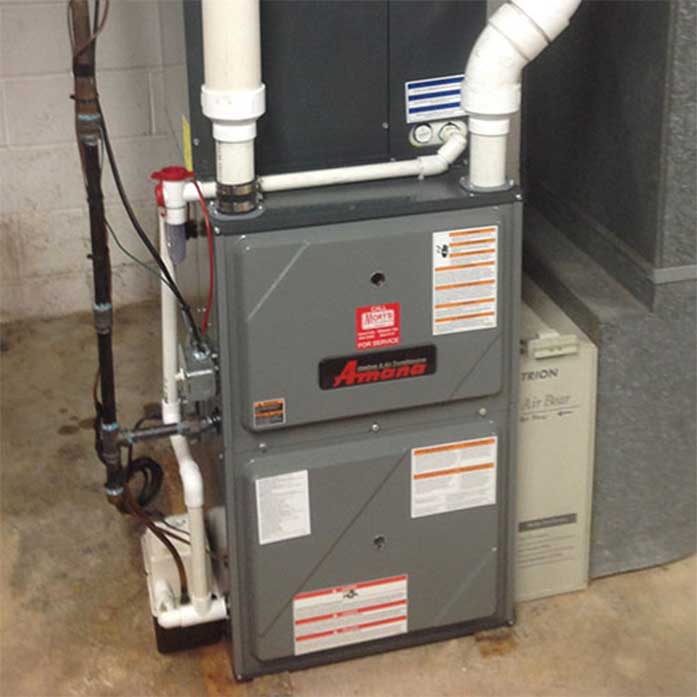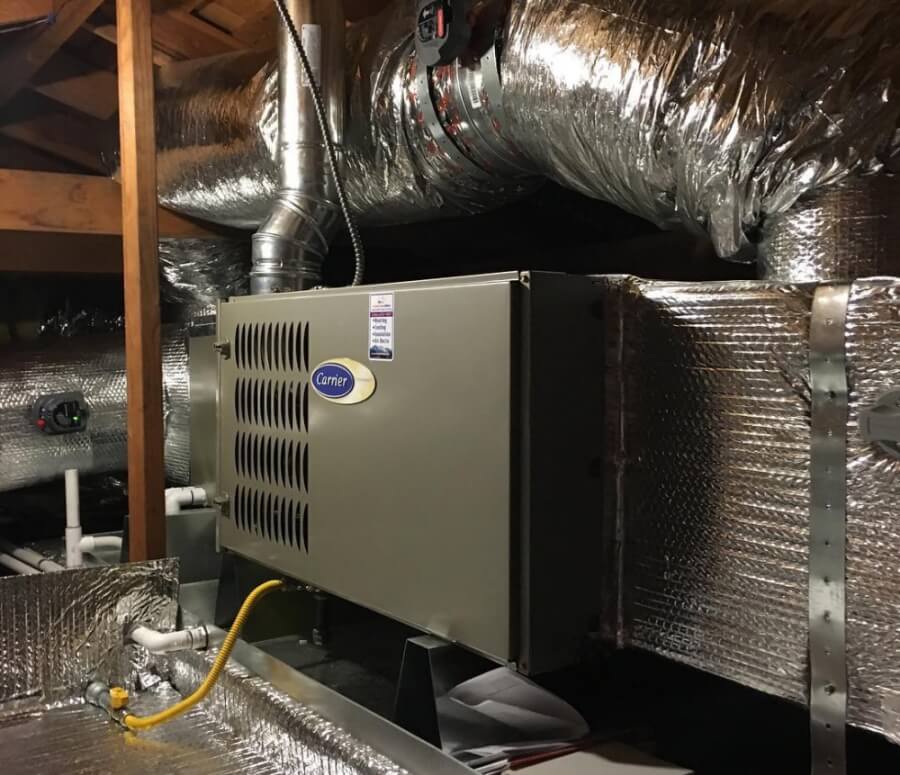The Ultimate Overview to Furnace Installation for a Cozy Home
Furnace installment is an important element of maintaining a comfortable home environment, particularly throughout the chillier months. As you consider these variables, the inquiry continues to be: what actions can you take to guarantee your heating system serves you well for years to come?
Kinds Of Heating Systems

Gas heating systems are one of the most usual choice because of their effectiveness and reduced functional prices. They utilize gas or propane, supplying fast home heating and regular efficiency, making them excellent for colder environments.
Electric heaters, while typically much easier to mount and maintain, often tend to have higher operational prices. They are typically favored in areas where gas solution is unavailable or for homes with existing electric infrastructure.
Oil furnaces, though much less usual today, stay a feasible choice in particular areas. They burn heating oil, which can be useful throughout chillier months, yet their dependence on oil shipment presents possible obstacles.
In addition, there are high-efficiency designs offered across these types, which can considerably lower energy intake and utility bills - furnace installation. Ultimately, understanding these heater kinds will help homeowners choose a system that straightens with their heating requires, budget plan, and energy choices
Picking the Right Size
Selecting the ideal dimension for a heating system is vital to guaranteeing optimal efficiency and energy efficiency. A small heating system will certainly have a hard time to maintain comfy temperatures throughout the chilly months, resulting in increased damage, higher energy bills, and possible system failure. Alternatively, a large furnace may cycle on and off too often, resulting in inefficient home heating and unequal temperature level distribution within the home.
To establish the right furnace size, an estimation referred to as the Guidebook J load computation should be done. This process examines various elements, consisting of the square video footage of the home, insulation degrees, window dimensions, and local climate problems. This comprehensive analysis makes certain that the furnace satisfies the specific heating needs of the room.

Setup Process Overview
In terms of materials, you will require ductwork, insulation, and sealing tape to make certain optimal air movement and energy performance - furnace installation. It is likewise vital to have a new heating system filter accessible, in addition to airing vent materials, such as PVC pipeline or steel flue, relying on the sort of heating system being installed
Security devices, including gloves, goggles, and a face mask, is additionally important to shield against dust and particles throughout setup. Having all these devices and materials readily available not only streamlines the process yet additionally boosts the safety and security and performance of the heating system setup.
Upkeep Tips for Long Life
To guarantee the long life of your heater, it is necessary to implement a routine maintenance schedule that addresses vital components of the system. Start by changing or cleaning the air filter every one to 3 months, as a stopped up filter can restrict Going Here airflow and decrease efficiency. In addition, inspect and clean the blower assembly to stop dust buildup that can hinder efficiency.
Next, examine the thermostat setups and recalibrate if required to guarantee accurate temperature regulation. Examine the ductwork for leakages or clogs, as this can cause energy loss and unequal heating. Consistently lube the motor and bearings according to the manufacturer's recommendations to reduce deterioration.
Specialist inspections must occur yearly, where a qualified specialist can assess the furnace's general problem, look for gas leaks, and ensure that security functions are operating correctly. Lastly, think about installing a programmable thermostat to optimize energy usage and maintain regular home temperatures. By taking on these upkeep methods, you can improve your furnace's effectiveness, expand its lifespan, and eventually delight in a comfortable and comfortable home environment.
Verdict
